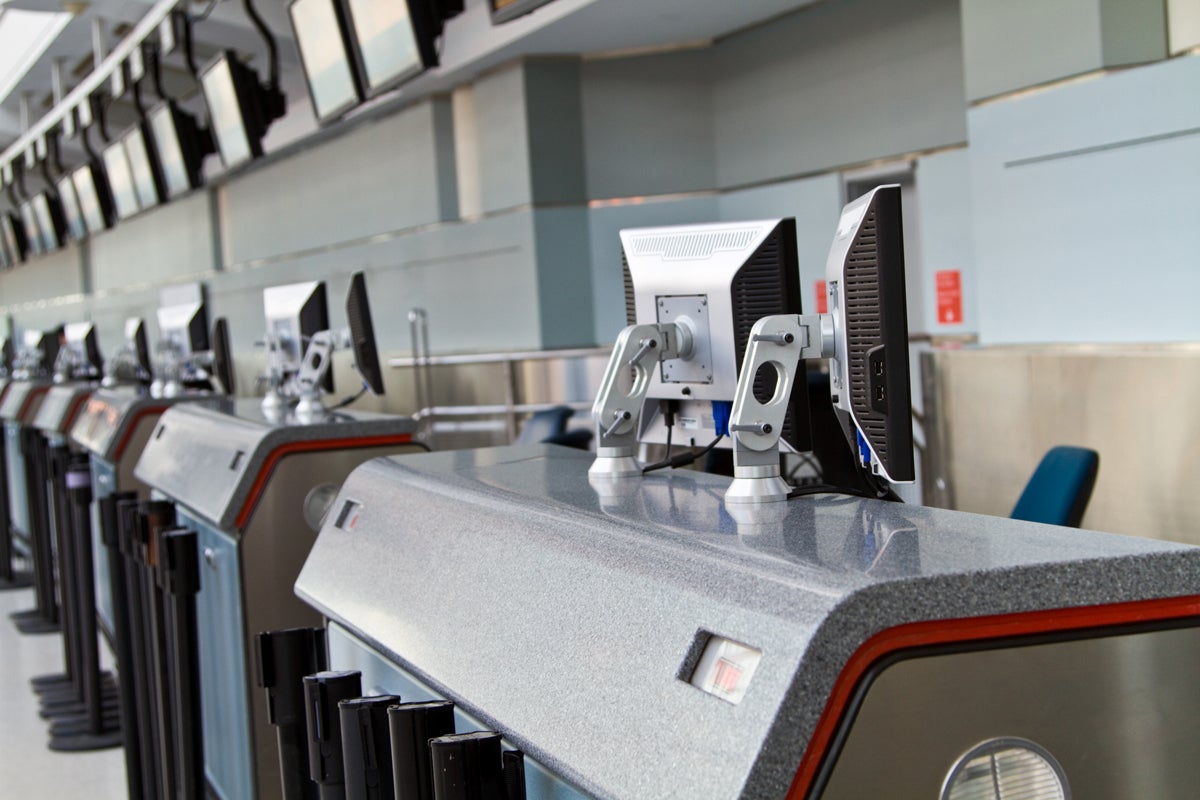Executive Summary and Main Points
Cathay Pacific’s second phase of digital transformation, as noted by IT executive Rajeev Nair, focuses on leveraging the cloud’s optimization and secure networking as top priorities. Beginning their cloud journey four years prior, the organization has accelerated migration over the past three years and is now moving towards optimization mode. Currently, 98% of Cathay Pacific’s 400 applications are migrated to AWS, with some workloads on Azure to prevent vendor lock-in. Emphasis on automation, self-service enhancement, and the intersection of cloud optimization with emissions reduction reflect the enterprise’s adaptive digitalization strategy in the ever-evolving global aviation sector.
Potential Impact in the Education Sector
The aviation industry’s cloud-centric transformation holds significant implications for Further Education, Higher Education, and Micro-credentials. These sectors can adopt cloud optimization strategies to improve analytical capabilities and shift towards a more sustainable digital infrastructure. Such optimizations can lead to cost reductions and foster strategic partnerships with SaaS-based platforms like Salesforce CRM, ServiceNow, and SAP, akin to Cathay’s approach. Enhanced data management and analytics can also inform curriculum development, research capacities, and virtual learning environments. Additionally, the adoption of SASE (Secure Access Service Edge) for secure networking could elevate cybersecurity measures within educational institutions while promoting interoperability across global campuses.
Potential Applicability in the Education Sector
Applications of AI and digital tools from Cathay Pacific’s approach can inspire similar innovations in global education systems. Integrated data repositories can enable better analytics for student performance, while AI-driven automation could streamline administrative processes. Secure networking solutions like SASE can ensure reliable internet bandwidth for cloud-based learning systems, enhancing remote learning experiences. The use of blockchain for inventory management could be paralleled in tracking educational resources or verifying academic credentials. As Cathay explores generative AI copilots, educational institutions could consider AI-assisted teaching or tutoring systems to support faculty and enhance learning outcomes.
Criticism and Potential Shortfalls
As with any technological adoption, potential critical points arise, including dependency on third-party vendors, risk of reduced control over data, and the constant threat of cybersecurity breaches. Real-world examples such as the 2017 ransomware attack that affected the UK’s National Health Service (NHS) exemplify the dangers of insufficient cybersecurity measures in large-scale networks. In education, similar threats could compromise sensitive student data. Ethical concerns also emerge regarding the use of AI, especially in terms of privacy, potential biases in AI algorithms, and transparency in AI decision-making. Culturally-sensitive approaches must be considered when designing AI and technology applications to ensure they align with diverse educational values and practices globally.
Actionable Recommendations
In response to global higher education dynamics and digital transformation trends exemplified by Cathay Pacific, institutions should pursue strategic cloud partnerships while avoiding vendor lock-in. Adopting a microservices architecture can allow for greater agility and resilience. When integrating AI, ethical considerations should guide design principles, ensuring inclusivity and unbiased outcomes. Investing in robust cybersecurity training and infrastructure, including transitioning to SASE, is paramount. Finally, educational leaders should promote pilot projects that harness blockchain for resource tracking and generative AI for personalized learning experiences, solidifying technology’s role as an enabler of educational innovation.
Source article: https://www.cio.com/article/1302599/%E3%82%AD%E3%83%A3%E3%82%BB%E3%82%A4%E3%83%91%E3%82%B7%E3%83%95%E3%82%A3%E3%83%83%E3%82%AF%E8%88%AA%E7%A9%BA%E3%80%81%E3%82%AF%E3%83%A9%E3%82%A6%E3%83%89%E3%81%AE%E6%97%85%E3%82%92%E6%96%B0%E3%81%9F.html

